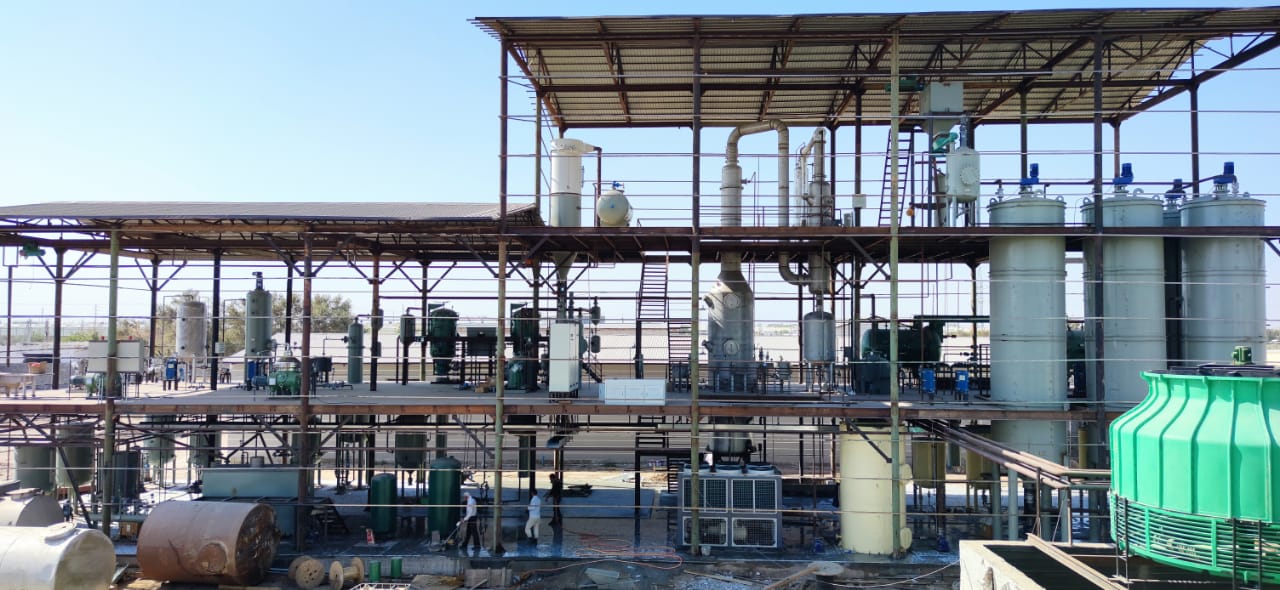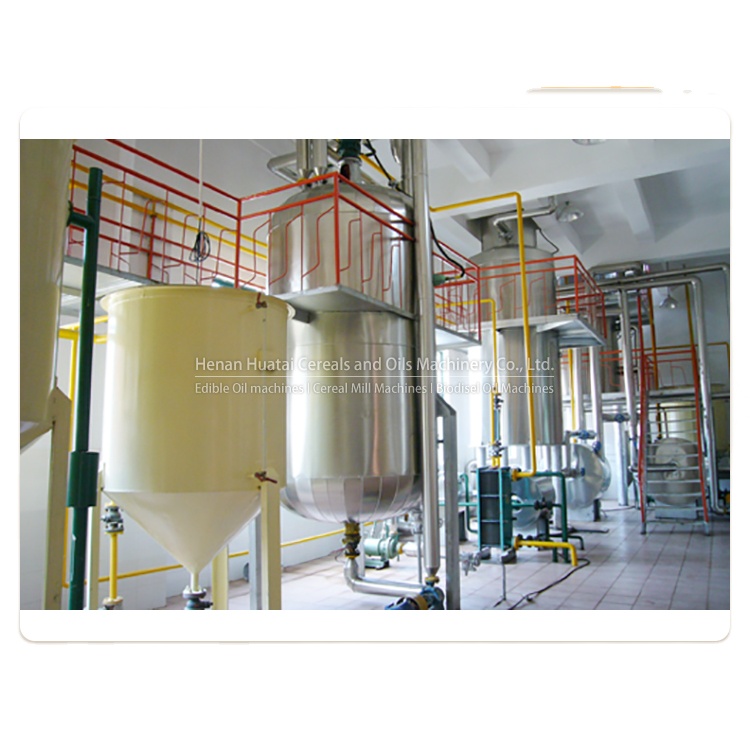
When it comes to soybean oil production, there are numerous misconceptions and questions that often puzzle the public. Some might think that soybean oil production is a simple one - step process, or they may wonder about the true factors influencing the oil yield and quality. In fact, the multi - step production process in a soybean oil factory is a well - orchestrated symphony of efficiency and quality control.

The first step in soybean oil production is cleaning. Raw soybeans are often mixed with various impurities such as dirt, stones, and broken beans. Through a series of cleaning equipment, these impurities are removed. For example, a large - scale soybean oil factory in the United States processes about 500 tons of soybeans per day. By cleaning, they can ensure that the subsequent production steps are not affected by these impurities, which improves the overall quality of the final product. In fact, cleaning can increase the oil yield by about 1 - 2% because pure soybeans are more suitable for further processing.
After cleaning, the soybeans go through the dehulling process. The hulls of soybeans contain very little oil, and removing them can significantly improve the oil extraction efficiency. A soybean oil plant in Brazil found that by dehulling, the oil yield increased from 16% to 18%. The dehulled soybeans have a higher oil - to - bean ratio, which means more oil can be extracted from the same amount of soybeans. This step also helps in reducing the load on the subsequent pressing equipment and improving the quality of the crude oil.

Pressing is the core step in obtaining soybean oil. There are two main methods: mechanical pressing and solvent extraction. Mechanical pressing uses physical force to squeeze the oil out of the soybeans. Solvent extraction, on the other hand, uses a solvent to dissolve the oil from the soybeans. A modern soybean oil factory in China combines these two methods. They first use mechanical pressing to obtain about 70 - 80% of the oil, and then use solvent extraction to extract the remaining oil. This combination can achieve an oil yield of 18 - 20%. The quality of the oil obtained through this multi - step pressing process is also higher, with better color, flavor, and nutritional value.

In conclusion, the multi - step production process in a soybean oil factory is of great importance. It not only improves the oil yield and quality but also enhances the overall production efficiency and economic benefits. Factories can produce more high - quality soybean oil with the same amount of raw materials, which is very attractive in the global market.
If you are a global purchaser in the soybean oil industry, understanding this multi - step production process can help you make more informed decisions. Do you have any questions or thoughts about this production process? Feel free to leave a message below!

